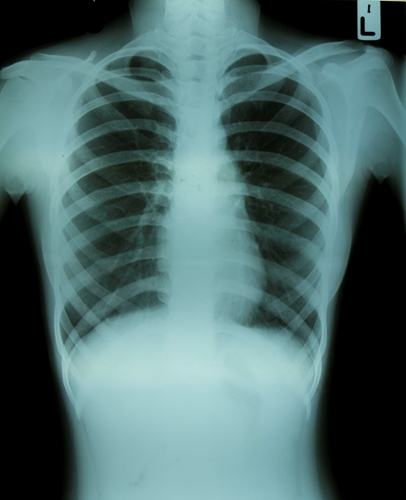Children's bodies are in a constant state of change as they age, with muscles expanding and bones growing over the years. This makes them particularly susceptible to the dangers of radiation exposure, yet a new study shows that pediatricians are still performing far too many CT scans on kids.
According to the National Cancer Institute, CT equipment uses X-rays that produce ionizing radiation during scans. Research has shown that exposure to this radiation increases an individual's risk of developing cancer if he or she undergoes repeated exams. While standard X-rays and mammograms use relatively low doses of radiation, CT is much higher than most traditional procedures. However, they all share a considerable cancer risk for patients due to the threat of overexposure.
The widespread use of CT on younger patients can be attributed to physicians lacking substantial appropriateness criteria for ordering exams. For example, the American College of Radiology offers robust materials on its website for medical imaging specialists to review when determining the efficacy of a procedure. By following these protocols, hospitals and other care centers could improve clinical services and execute more responsible decision making.
However, research out of Cincinnati Children's Hospital Center indicates that physicians are not implementing appropriateness criteria when it comes to pediatric diagnostic imaging.
Too many scans for children
FierceMedicalImaging reported that young patients who are admitted to the hospital with concussion symptoms are still undergoing too many CT scans. Researchers from Cincinnati Children's, led by emergency medicine physician Wendy Pomerantz, M.D., created an online survey that asked pediatricians how they would oversee three different concussion situations:
- A 14-year-old patient arrives the day of the injury with headache, nausea and amnesia.
- A 9-year-old comes in the day after sustaining a head injury complaining of headache and nausea.
- A 16-year-old is admitted five days after being hurt, showing signs of dizziness and nausea.
For the first scenario, 11.5 percent of responding physicians said they would refer the patient to a CT scan. More than half (57.5 percent) would order CT for the 9-year-old and 27 percent would request a scan for the third scenario. In all three situations, patients were at low-risk for intracranial injury and had normal physicals prior to entering the hospital.
Pomerantz stated that none of the children required CT scans, given their low-risk cases and normal physicians' exam results. Back in September 2014, a survey from peer60 indicated that unnecessary imaging costs the U.S. health care system up to $12 billion per year. As doctors continue to over-order scans for patients of all ages, the entire industry suffers from excessive spending on procedures that yield minimal results.
It is evident that pediatricians and other doctors need more professional education on appropriateness when ordering diagnostic radiology tests for younger patients. The more they know about the high costs and increased risk of radiation exposure, the better off everyone will be.
Contact Viztek for more information.
Ronny Bachrach
Latest posts by Ronny Bachrach (see all)
- Konica Minolta Debuts First-of-Its-Kind Digital U-Arm System at AHRA - July 27, 2016
- Researchers Detect Signs Of Stroke Risk Using MRI - June 27, 2016
- Imaging Biz: Q&A with David S. Channin MD: How to Make PACS Patient Centered - June 22, 2016










